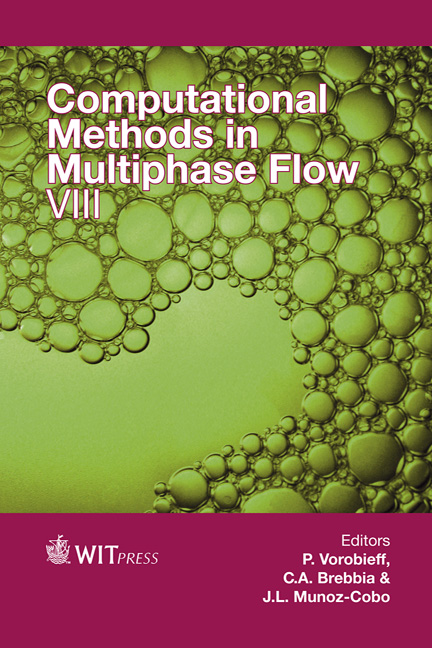Enhancement Of The SPARC90 Code Capabilities For Pool Scrubbing Under Jet Injection Regimes
Price
Free (open access)
Transaction
Volume
89
Pages
13
Page Range
273 - 285
Published
2015
Size
543 kb
Paper DOI
10.2495/MPF150241
Copyright
WIT Press
Author(s)
C. Berna, A. Escrivá, J. L. Muñoz-Cobo, L. E. Herranz
Abstract
Submerged gaseous jets may have an outstanding relevance in many industrial processes, but are particularly relevant in severe nuclear accident scenarios, like the one happened at the Fukushima Daiichi NPP several years ago. Even though pool scrubbing has been traditionally associated with fission product retention in suppression pools of Boiling Water Reactors (BWR), in which only low injection velocities exist. There are a number of potential scenarios in which fission product trapping in aqueous ponds may play a key role in the attenuation of source terms, this is the case of SGTR core meltdown sequences.
This paper summarizes the update process of the SPARC90 code, it is based on the state-of-the-art equations for jet hydrodynamics and aerosol removal. The key variables used in the modelling are entrainment inception velocity and droplet size, velocity and concentration. An indirect validation of the hydrodynamic modelling has also been conducted, this validation works have been made through comparisons against data from experiments dealing with the decontamination capability of aqueous ponds under representative severe nuclear accident conditions (mainly ARTIST experiments). Improvements and extension of SPARC-Jet are expected in the near future; however, a final model version will require a more extensive and sound database against which to compare.
Keywords
model, submerged jet, pool scrubbing, aerosol retention, severe accident





